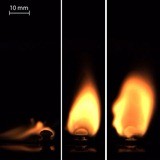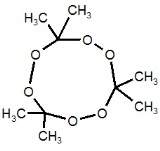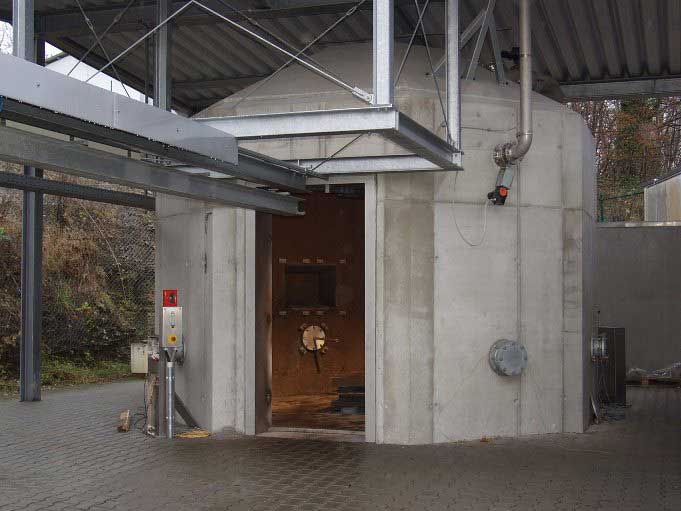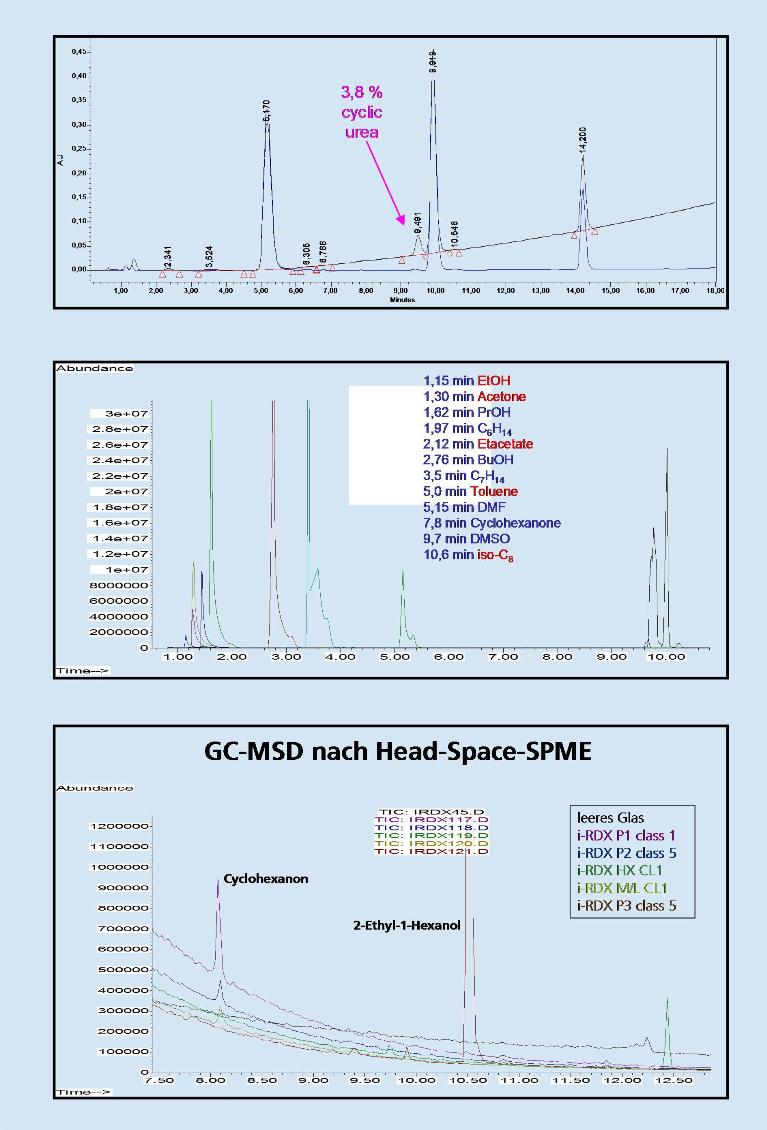The synthesis of explosives generates new, energetic substances for the research and development of solid propellants, explosives and gun propellants, and provides samples for security research. It ensures an independent supply of energetic substances for research and development work.
Synthesis of explosives
Synthesis of explosives
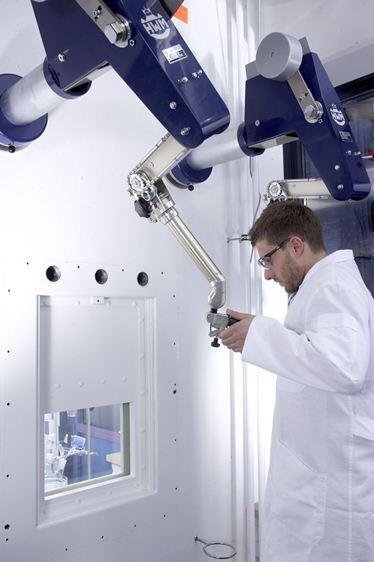
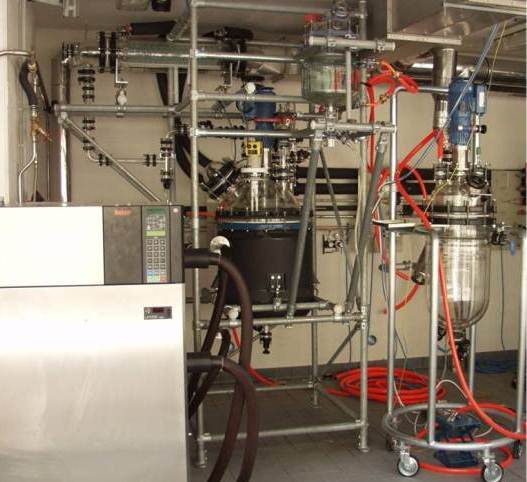
Development objectives in the synthesis of new explosives are a high power density, low sensitivity to fire, shelling and detonation shocks, high formation enthalpies (through cyclic stress, nitro-, nitrate ester-, nitramino- and azide substituents), high nitrogen content and a very good storage stability. The non-toxicity and environmental compatibility of explosives is becoming increasingly important. The research group at Fraunhofer ICT has specially equipped laboratories for the synthesis of explosives under safety conditions (remotely-controlled and in explosion-proof rooms), automated systems for the remote-controlled synthesis of explosives and a mechanical manipulator (Model A201, from the company Wälischmiller) for the synthesis and handling of highly sensitive explosives and their intermediates. The pilot plant for the synthesis of explosives caters for syntheses with up to 50 liters of reaction volume under safety conditions. Additional equipment includes a reaction calorimeter RC1, a solid/liquid extractor with a volume of up to 30 liters, a liquid/liquid extractor (four-stages / continuous) and a distillation unit.
Energetic polymers
Binders in propellants and explosives are rubber-like plastic materials. They form a matrix in which fillers such as explosives, oxidizing agents or metallic fuels are embedded, thus determining their geometry. Energetic binders release additional energy during their reaction and can therefore increase the performance of propellants and explosives. At the same time, without performance loss, they can improve properties such as combustion and detonation behavior and insensitivity.
We synthesize and characterize energetic binders according to our customers' requirements. Commercially-available binders such as GAP can be modified for new applications (chain elongation, change of functional end groups, increase in functionality). We also synthesize energetic thermoplastic elastomers (ETPEs) which are processed from the melt or in solution.
Homemade explosives
To prevent attacks using home-made explosives, Fraunhofer ICT measures and evaluates the properties and safety parameters of improvised explosives. It also provides samples for the Test Center for Explosives Detection Systems.
Homemade explosives can be relatively easily manufactured using improvised materials. They mostly consist of explosives that are not used in the commercial or military sectors due to their high sensitivity and safety problems. The best-known examples are triacetone triperoxide (TATP) and hexamethylene triperoxide diamine (HMTD), but mixtures of oxidizing agents and fuels are also used.
Measuring the safety parameters of homemade explosives
Homemade explosives (HMEs) often have low storage stability and are sensitive to mechanical or thermal stress. However, the supply of HMEs is essential for carrying out realistic test series on detection systems, such as the systems used in airport or admission security checkpoints. At Fraunhofer ICT the relevant safety parameters are measured, such as sensitivity to friction and impact, thermal stability and the adiabatic self-heating rate. Knowledge of these parameters enables the definition of the conditions and thresholds for safe handling of these explosives.
Performance investigation of homemade explosives
Data concerning the properties of homemade explosives (HMEs) are rarely published in scientific literature. In particular, data on the detonability, detonation properties and performance of HMEs is not generally available. For this reason, Fraunhofer ICT fabricates these mixtures and characterizes them in terms of their detonation properties, initiation thresholds and performance. Investigations are carried out in a closed blasting chamber, and the performance is measured by analyzing pressure, temperature and heat flow.
Characterization / analysis of explosives
The research group for the characterization of explosives is concerned with measuring and evaluating chemical and structural basis data, both of new substances synthesized in-house and of commercially-available substances. This includes the investigation of purity, molecular weight distribution and traces of other substances, the identification of by-products and the determination of thermal properties, the migration pattern of plasticizers, solvent residues and the emission behavior of polymer-bonded materials.
We offer an efficient analysis and structural investigation service, combined with consulting, rapid screening techniques and the development and application of suitable analytical techniques, testing concepts and characterization strategies.
 Fraunhofer Institute for Chemical Technology ICT
Fraunhofer Institute for Chemical Technology ICT